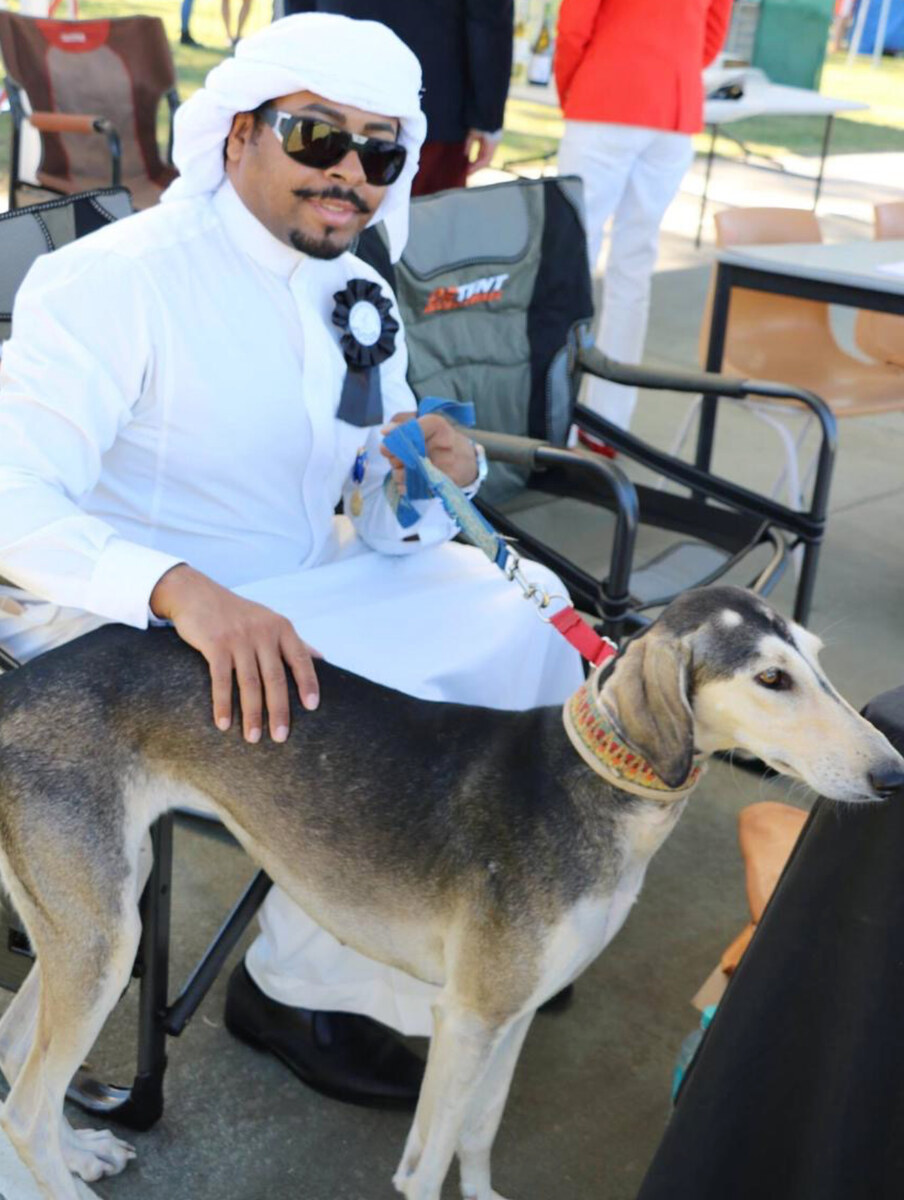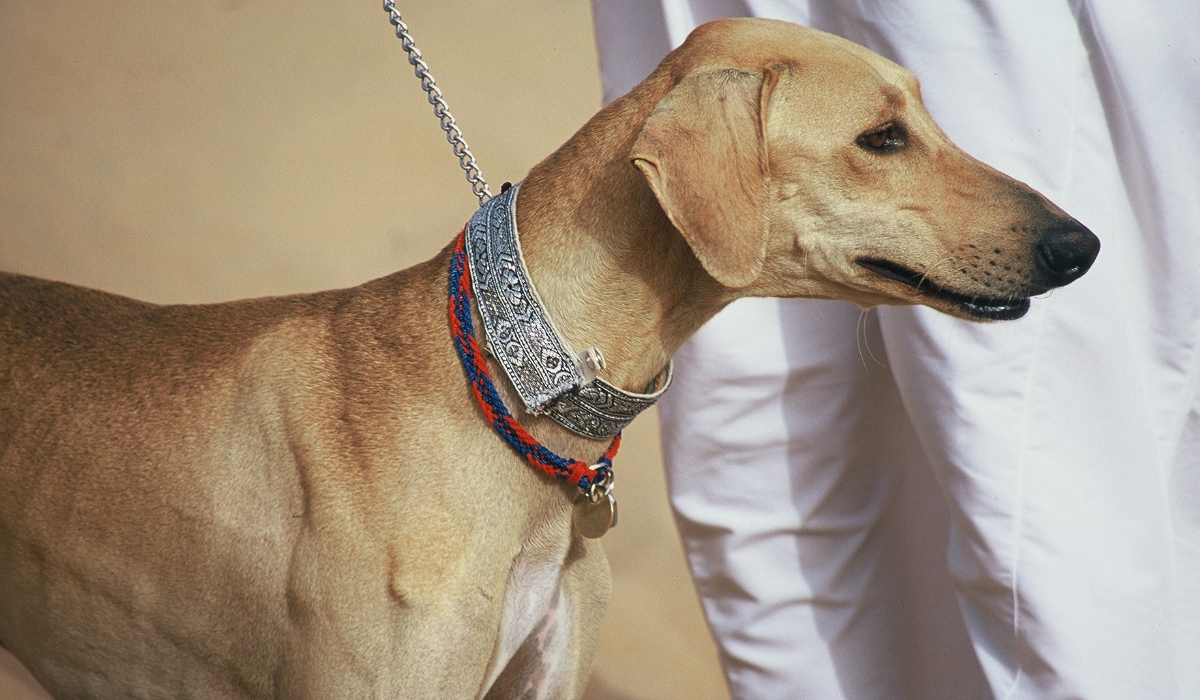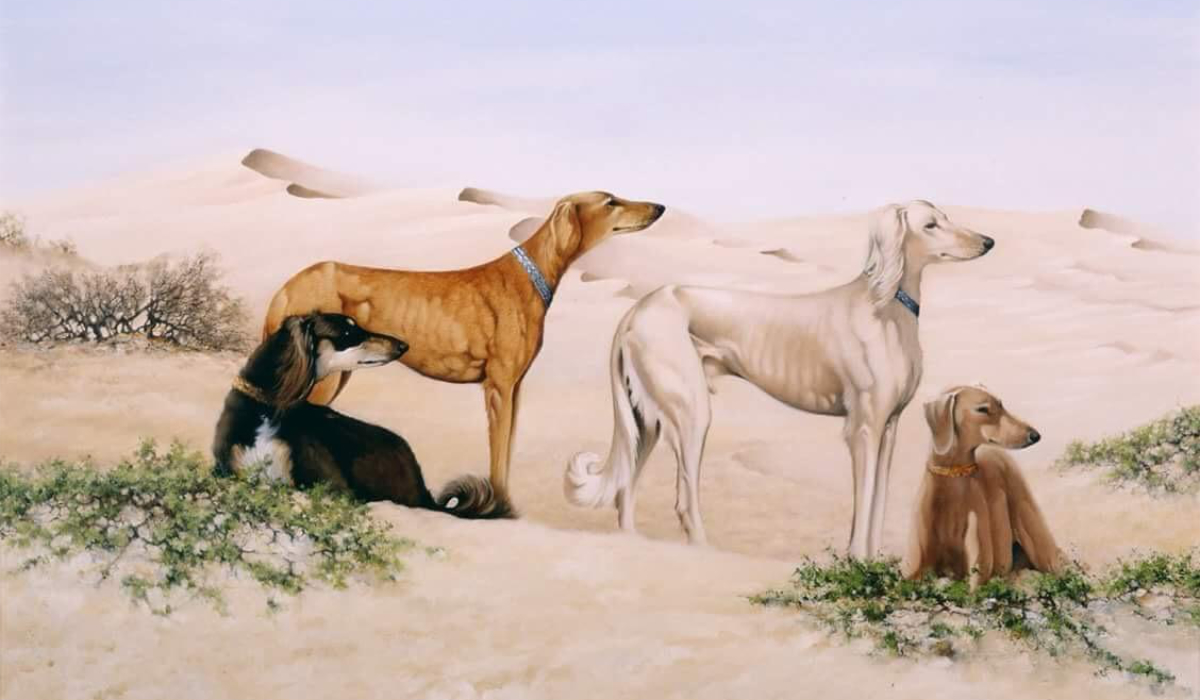NEW DELHI: Crown Prince Mohammed bin Salman arrived in New Delhi for his first trip to India on Tuesday night. Prime Minister Narendra Modi, in a break from normal protocol, welcomed the Saudi prince at the airport with a warm hug, sending a clear message about the importance India is placing on this royal visit.
“India is delighted to welcome HRH Mohammed Bin Salman, the Crown Prince of Saudi Arabia,” Modi tweeted later.
The two-day royal visit takes place against the backdrop of an escalation in tensions between New Delhi and Islamabad after the Pulwama terror attack on Feb. 14, in which 44 security personnel lost their lives. Speaking in Islamabad on Tuesday, Saudi Minister of State for Foreign Affairs Adel Al-Jubeir said that the Kingdom would try to “de-escalate the tension” between the neighboring countries and find a “path forward to resolve those differences peacefully.”
#SaudiArabia's Crown Prince Mohammed bin Salman arrives in #India and is received by Prime Minister Nahendra Modi in New Delhi #CrownPrinceInIndia (Video: @ANI)https://t.co/OWQEcY0Esn pic.twitter.com/wIZWncdoBP
— Arab News (@arabnews) February 19, 2019
On Wednesday, the crown prince will receive a ceremonial welcome at the presidential palace and meet the Indian foreign minister, before sitting down with Modi for talks that are expected to be wide-ranging. The prime minister will also host a lunch for the visiting dignitaries, while in the evening President Ram Nath Kovind will host a banquet in honor of the Saudi crown prince, who is accompanied by a high-level delegation that includes ministers, senior officials and leading Saudi businessmen.
The royal visit follows the Indian PM’s trip to Saudi Arabia in April 2016, during which the countries elevated the status of their relationship to a strategic partnership. Some reports have suggested that they might now be planning to set up a “Strategic Partnership Council” at a ministerial level, in addition to holding joint naval exercises and upgrading defense cooperation.
India is delighted to welcome HRH Mohammed Bin Salman, the Crown Prince of Saudi Arabia. pic.twitter.com/wBK1F1UZAA
— Narendra Modi (@narendramodi) February 19, 2019
As well as the political engagement during the crown prince’s visit, 400 Indian and Saudi business leaders will meet in New Delhi, at the invitation of Saudi General Investment Authority, to explore business opportunities and cooperation.
BREAKING: @narendramodi says India is delighted to welcome Crown Prince Mohammed Bin Salman from Saudi Arabia. #CrownPrinceInIndia https://t.co/OWQEcY0Esn pic.twitter.com/8gHVa8X9Wq
— Arab News (@arabnews) February 19, 2019
India is the fourth-largest trading partner of Saudi Arabia, with bilateral trade worth $27.5 billion last year, and Riyadh supplies 20 percent of India’s crude-oil requirement. Last year, Saudi Aramco, in partnership with UAE company ADNOC, entered into a $44 billion joint venture for a stake in the Ratnagiri Refinery and Petro-Chemical project in the western Indian state of Maharashtra.
India considers Saudi Arabia a friend and part of its “extended neighborhood,” said Ahmad Javed, India’s ambassador in Riyadh.
The people of the #India extend their warm welcomes to #SaudiArabia's Mohammed bin Salman for his first state visit to the country #CrownPrinceInIndiahttps://t.co/OWQEcY0Esn pic.twitter.com/suoBmn8Gtz
— Arab News (@arabnews) February 19, 2019
“More than 7 million Indians work in the Gulf region,” he added. “Saudi Arabia and the other GCC states have been the time-tested, reliable source of our energy security. The security, stability and prosperity of the region are of great importance to us.
“We attach great priority to our friendly relations with Saudi Arabia. Our traditionally close ties are anchored in shared interests based on centuries-old economic and sociocultural ties, as well as vibrant people-to-people contacts.”






































